The African Pygmy Kingfisher, found near Needles Lodge, is a vibrant bird with electric blue, orange, and purple feathers. Despite its vivid colors, it blends into dense foliage. A skilled hunter, it catches insects with precision. Males perform aerial dances during breeding season. Adaptable and solitary, it nests in riverbanks or termite mounds. Though not endangered, habitat loss is a concern. Spotting this bird at Needles Lodge is a special highlight.
The Wildebeest: Nature’s Nomadic Grazer of Kruger National Park
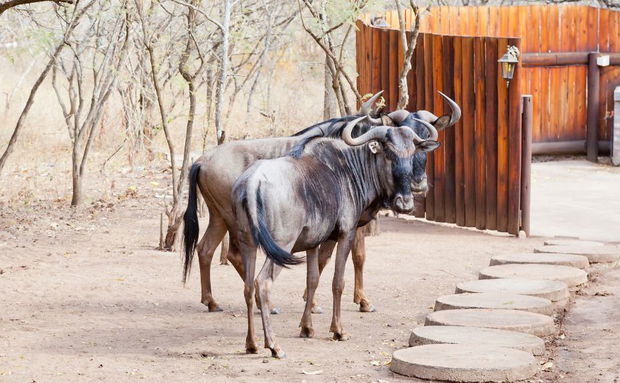
Explore the role of wildebeest in Kruger National Park’s ecosystem. Learn about their behaviour, habitat, and their importance in the savanna.
The African savanna is synonymous with the sight of wildebeest grazing in vast herds, their rugged forms scattered across golden plains. In Kruger National Park, the wildebeest is more than just an iconic species—it is a keystone player in the bushveld’s intricate ecosystem. These nomadic grazers might not possess the grandeur of elephants or the allure of leopards, but their role in maintaining the balance of life in Kruger is unparalleled.
Meet the Wildebeest
Also known as the “gnu” (pronounced nyoo), the wildebeest belongs to the antelope family. Its robust frame, sloping back, and shaggy mane give it a unique appearance that’s easy to identify. The Blue Wildebeest (Connochaetes taurinus), the species found in Kruger National Park, is particularly recognisable for its curved horns and faintly striped shoulders.
Wildebeest are highly social animals, often moving in herds that range from a few dozen to thousands during migrations. In Kruger, they are commonly seen alongside other grazers like zebras and impalas, creating a classic African savanna tableau.
Habitat and Range
The wildebeest thrives in Kruger’s southern and central regions, where expansive grasslands provide ample grazing opportunities. During the rainy season, these areas transform into verdant pastures, offering fresh, nutrient-rich grass. As the dry season approaches, wildebeest herds are drawn to waterholes and riverbanks, making these hotspots prime locations for sightings.
Their nomadic tendencies are driven by the availability of food and water. This constant movement benefits not only the wildebeest but also the bushveld ecosystem by preventing overgrazing and encouraging vegetation regeneration.
Behaviour and Social Structure
Wildebeest are quintessential herd animals, relying on their numbers for safety. Their herds often include other species like zebras, with whom they share a mutually beneficial relationship. Zebras eat the taller grasses, exposing the shorter, more nutritious shoots preferred by wildebeest.
They are most active during the cooler hours of dawn and dusk, spending these times grazing or moving in synchronised groups. Their agility and speed—up to 80 km/h (50 mph)—make them adept at fleeing from predators, including lions, cheetahs, and hyenas.
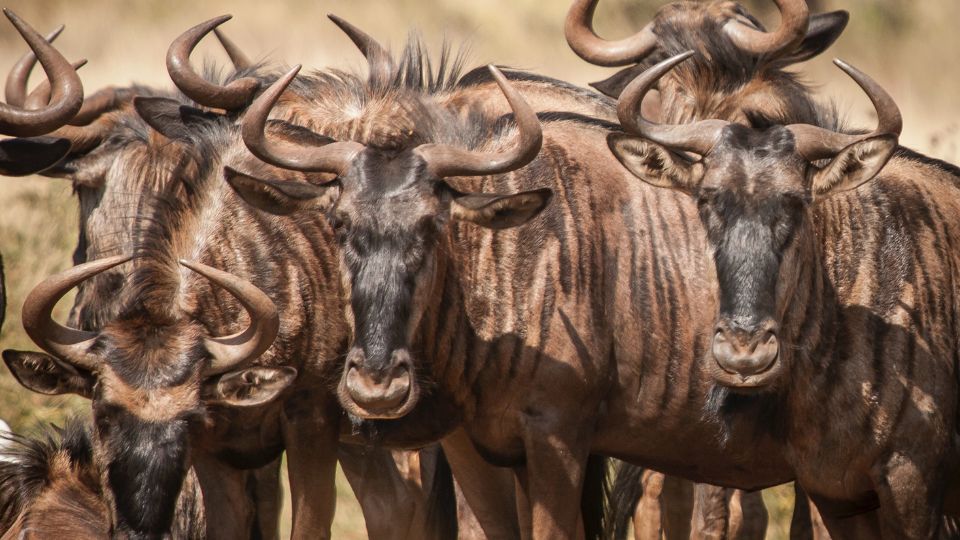
Surviving the Wild
The harsh realities of life in Kruger mean that wildebeest are a key prey species for many of the park’s predators. Lions often target weaker members of the herd, while cheetahs and hyenas take advantage of their speed and endurance to hunt calves or isolated individuals.
Wildebeest, however, have developed remarkable strategies to increase their survival odds. During calving season, which occurs synchronously over a short period, thousands of calves are born, overwhelming predators with more prey than they can handle. Calves are also quick to adapt; within minutes of birth, they are on their feet and able to follow their mothers.
Ecological Role
The wildebeest’s contribution to the ecosystem goes far beyond being a food source for predators. Their grazing habits promote grass growth, maintain open plains, and support biodiversity by creating habitats for other species.
Their droppings act as a natural fertiliser, enriching the soil and aiding plant growth. As they migrate in search of resources, they inadvertently shape the bushveld landscape, ensuring a healthy balance between flora and fauna.
Spotting Wildebeest in Kruger and Marloth Park
To see wildebeest in action, visit Kruger National Park during the early morning or late afternoon when herds are most active. They are often found grazing in open grasslands or resting near waterholes. For self-drive visitors, sticking to designated roads not only ensures safety but also protects the delicate ecosystem from damage.
Wildebeest can also be frequently spotted in Marloth Park, where they roam freely among the bushveld vegetation. Marloth’s unique setting allows for close encounters with these grazers, providing visitors with a more intimate look at their behaviour and social dynamics. Seeing them casually grazing alongside other wildlife is a quintessential bushveld experience for those staying in this tranquil area.
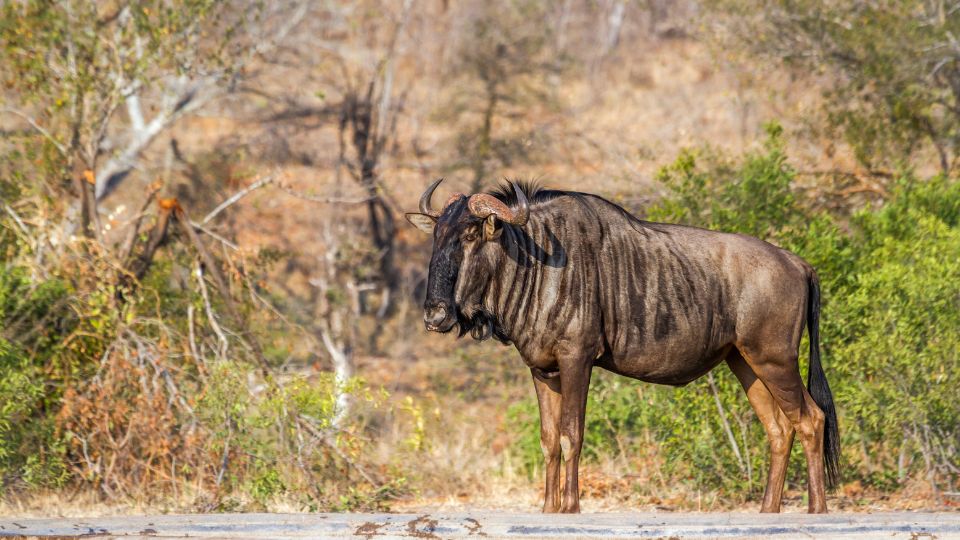
Fascinating Wildebeest Facts
Born to Run: Wildebeest calves can stand and run within minutes of being born, an essential survival adaptation.
Social Savvy: Their herds often mix with zebras and impalas, benefiting from collective vigilance against predators.
Master Navigators: Wildebeest migrations are guided by an innate sense of direction and their ability to follow seasonal rains.
Speed and Agility: Despite their ungainly appearance, they can outrun many predators over short distances.
Discover More Wildlife Wonders
The wildebeest is a testament to the interconnectedness of life in the bushveld, from its role as prey to its contributions as a landscape-shaping grazer. Kruger National Park offers countless opportunities to observe these resilient animals, whether grazing peacefully or evading a pursuing lion.
For more insights into the wonders of Kruger’s wildlife, explore our other blogs. Discover the habits of the Banded Mongoose, delve into the captivating Zebra, or learn about the Mopane Tree, a masterful predator of the bushveld. Each article brings you closer to understanding the intricate web of life in South Africa’s wild spaces.
Further Reading
Discover the aardwolf, a unique hyena cousin residing in southern and eastern Africa. This enigmatic creature's insectivorous diet, solitary lifestyle, and intriguing behaviors make it a fascinating and misunderstood member of the animal kingdom. Explore its remarkable adaptations and essential role in maintaining ecological balance, shedding light on the significance of conserving this captivating species.
Did you know that the Cape Porcupine is the largest rodent in Southern Africa? This species is found throughout southern and central Africa, including South Africa, Kenya, Uganda, and the Congo. And as the official Needles Lodge logo it’s one of our favourite animals!


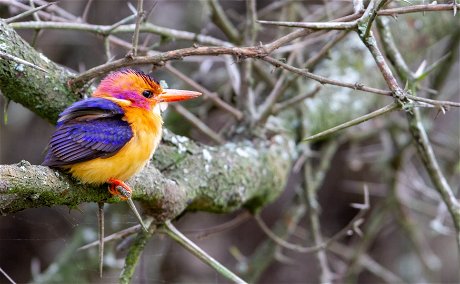

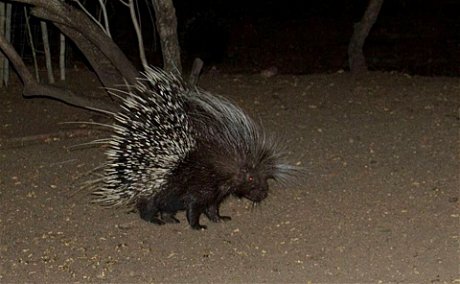
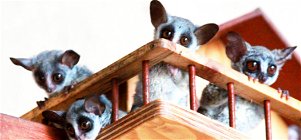
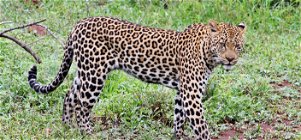
Share This Post